Annihilation of Caste Hindi Paperback | Jati Ka Vinash Book
Annihilation of Caste Hindi Paperback Book | Original ‘Jati Ka Vinash’ with Quotes, Summary, Meaning, Analysis, UPSC Notes | Marathi, Tamil, English PDF Reference
Annihilation of Caste Hindi Paperback | Jati Ka Vinash Book
- Binding: Paperback
- Language: Hindi
- Sale Price:249-/
- MRP: 250/-
- Publishing Brand: Forward Press
- Suitable For: UPSC, NET, Political Science, Sociology, Ambedkarite Thought, Dalit Studies
Original price was: ₹250.00.₹249.00Current price is: ₹249.00.
50 in stock
Order Annihilation of Caste Hindi Paperback | Jati Ka Vinash Book On WhatsApp
Description
Annihilation of Caste Hindi Paperback | Jati Ka Vinash Book
Annihilation of Caste Hindi was Among his most powerful writings is the incendiary and deeply intellectual work of Dr. B.R. Ambedkar. He was not just the chief architect of the Indian Constitution but a relentless crusader against social inequality. This text is more than a speech; it’s a blueprint for tearing down the toxic framework of caste that undergirds Hindu society.
Background of “Annihilation of Caste”
Originally written in 1936 as a speech for the Jat-Pat Todak Mandal, a Hindu reformist group in Lahore, Ambedkar was invited to address caste discrimination. But when the committee read his draft, they found it too radical. They canceled the event.
Ambedkar, unfazed, self-published it, knowing that caste needed annihilation, not negotiation.
Structure of the Book
The book includes:
-
A powerful preface where Ambedkar justifies his position.
-
The main body which critiques Hindu social structure.
-
Appendices, including responses to critiques and expansions of arguments.
The book flows like a courtroom argument—cold, surgical, but full of moral fire.
Major Themes
Critique of Hindu Caste System
Ambedkar systematically exposes how caste is deeply embedded in Hindu scriptures, rituals, and societal structure—not a distortion of Hinduism but its core.
Religious Orthodoxy vs. Reform
He argues reform is impossible without questioning the very tenets of Hinduism. Mere charity or token gestures won’t dismantle caste.
Rationalism and Humanism
Ambedkar champions reason and ethics over blind faith. He believes true religion should uplift, not chain people.
Attacks on Manusmriti and Hindu Scriptures
Ambedkar scorches Hindu texts like Manusmriti, calling them tools of domination. He criticizes Varnashrama Dharma as a system designed to keep Shudras and Dalits subjugated.
He doesn’t tiptoe—he names, blames, and dismantles.
Rejection of Reformism
Reformists like the Arya Samaj tried to “clean” Hinduism. Ambedkar says you can’t clean poison. Hinduism, he argues, is beyond reform when caste is its DNA.
Key Arguments by Ambedkar
Caste is Not Division of Labor
He famously said caste is not a division of labor but of laborers. It creates fixed roles and denies merit.
Social Equality First
Ambedkar insists that political democracy without social democracy is hollow and a waste. Voting rights mean nothing when social status remains fixed.
Religion as Oppression
He accuses religion of legitimizing inequality. For Ambedkar, a just society needs ethical, not theological, foundations.
Role of Brahmins
Ambedkar accuses Brahmins of perpetuating inequality under the guise of spiritual superiority. He challenges their claim to intellectual and moral leadership.
Impact and Controversy
The book shook India. Gandhi responded publicly, disagreeing sharply. Ambedkar didn’t flinch—he doubled down.
This Gandhi vs. Ambedkar debate is foundational to India’s intellectual history.
Influence on Dalit Movement
“Annihilation of Caste” became a Bible of Dalit assertion. It inspired movements, manifestos, and conversions. Ambedkar’s call to leave Hinduism was revolutionary.
Jati Ka Vinash as Rallying Cry
In Hindi, “Annihilation of Caste” is known as “Jati Ka Vinash”. The phrase became a slogan, a demand, a dream. Its translation extended its impact into villages, movements, and minds.
Linguistic and Literary Style
Ambedkar writes with clinical clarity, brutal honesty, and rhetorical finesse. His words sting, but awaken.
He uses metaphors, analogies, and relentless logic—blending the lawyer’s mind with the rebel’s heart.
Modern Relevance
Caste still persists—in jobs, marriages, villages, and even Silicon Valley. “Annihilation of Caste book” in 2025 is a must for Everyone, it is not an academic act—it’s urgent as well live in this culture.
The text remains one of the few that directly challenges India’s foundational hypocrisy.
Availability and Accessibility
You can easily find Annihilation of Caste PDF versions online. The book is also available in Hindi as “Jati Ka Vinash book”, both in print and digital formats.
Translations in regional languages exist too—making it accessible to millions.
Conclusion
“Annihilation of Caste book Hindi” is not just a book—it’s a political weapon, a cry of revolt, a moral compass. It tears through hypocrisy, demands justice, and offers vision. If you’re serious about understanding caste, power, and resistance—start here.




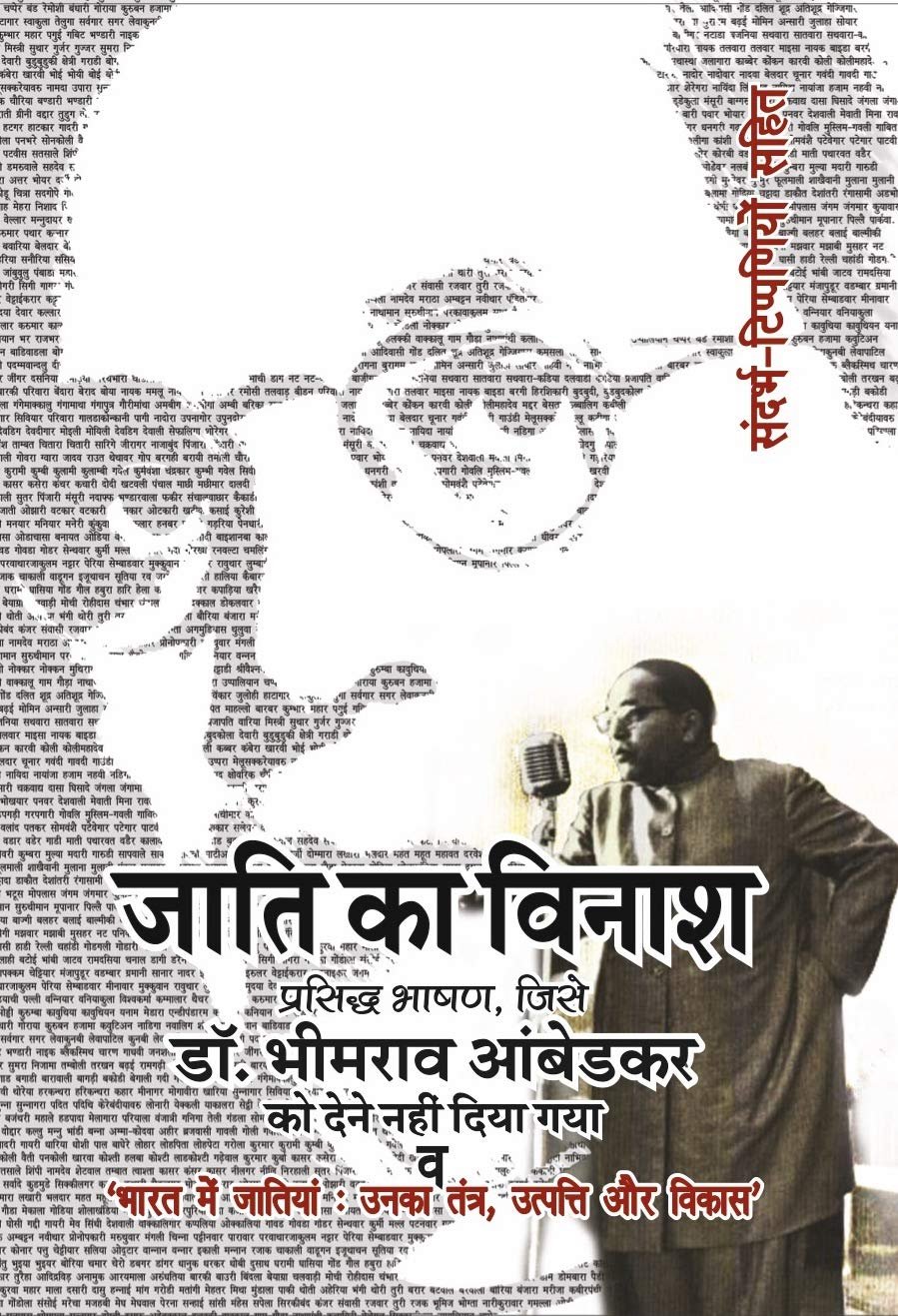





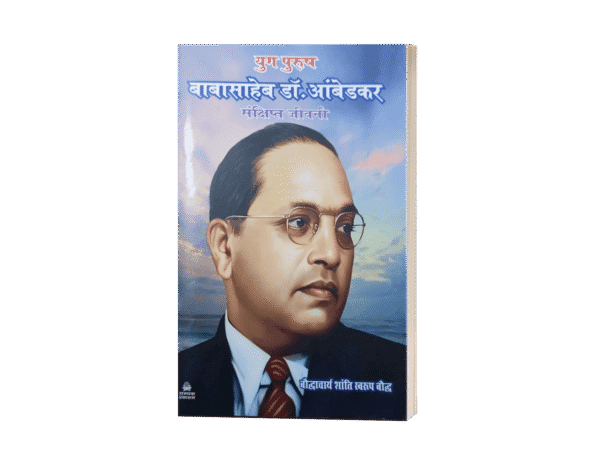
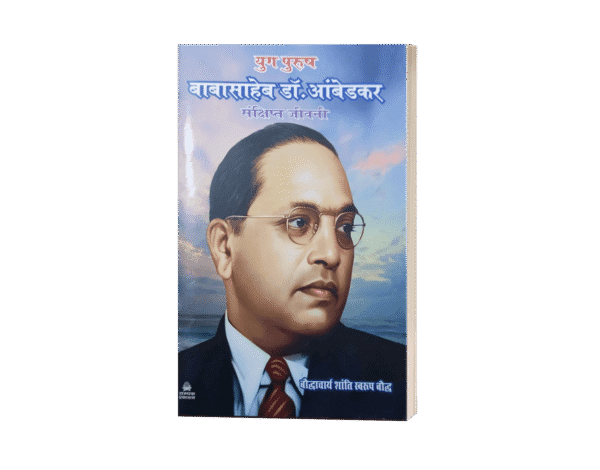

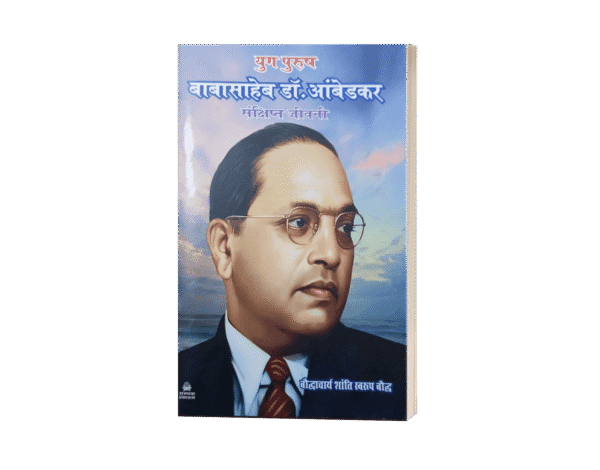
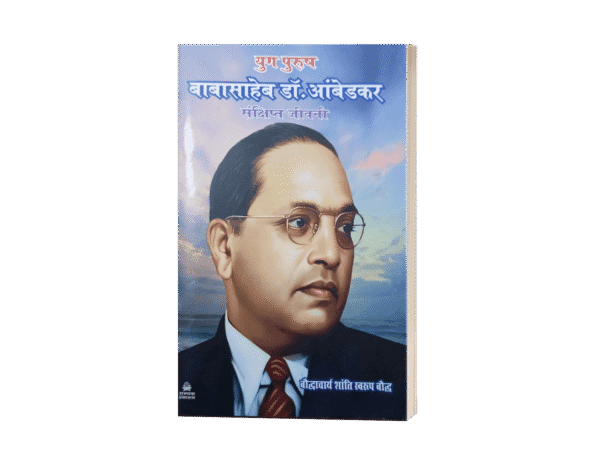
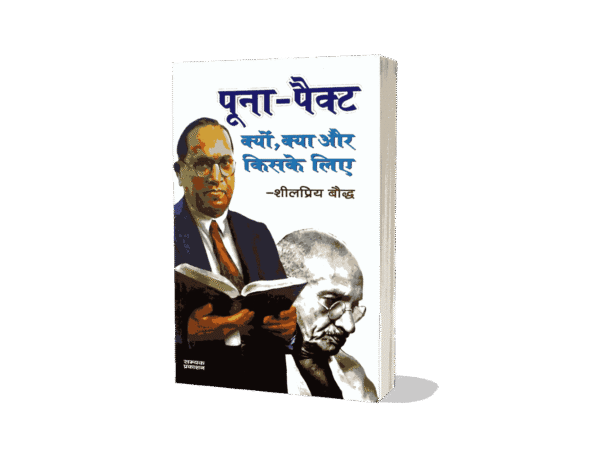
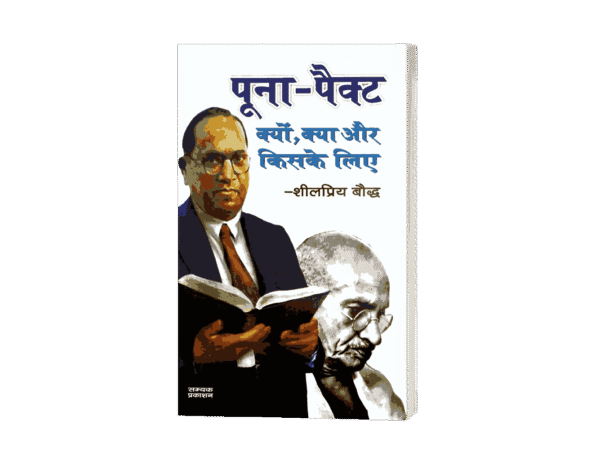
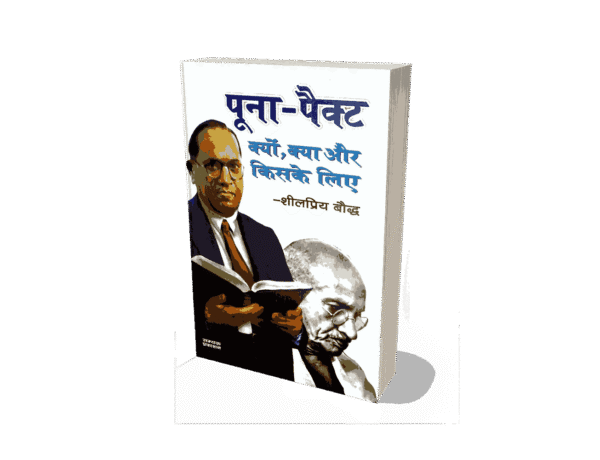
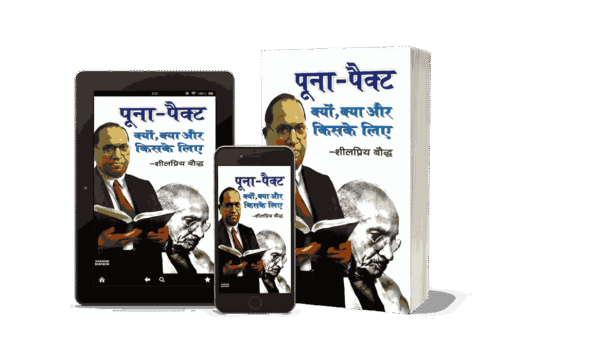
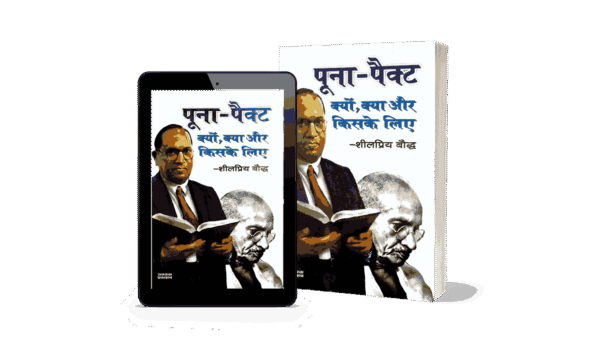
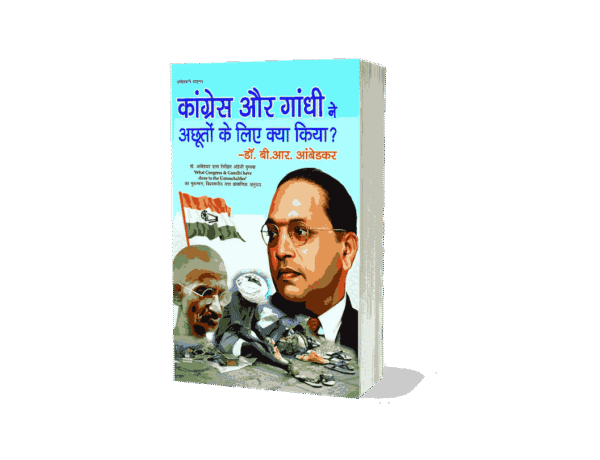
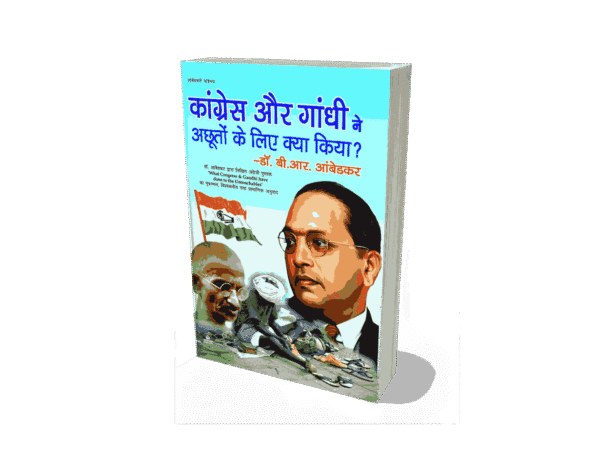
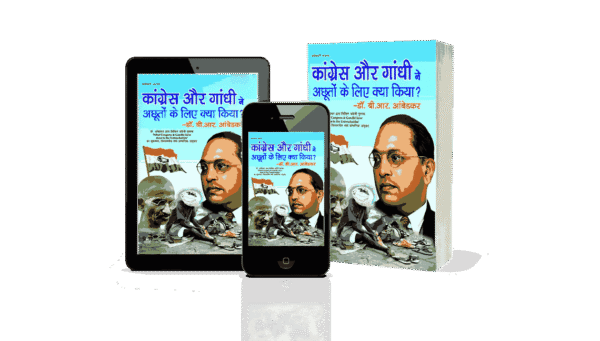
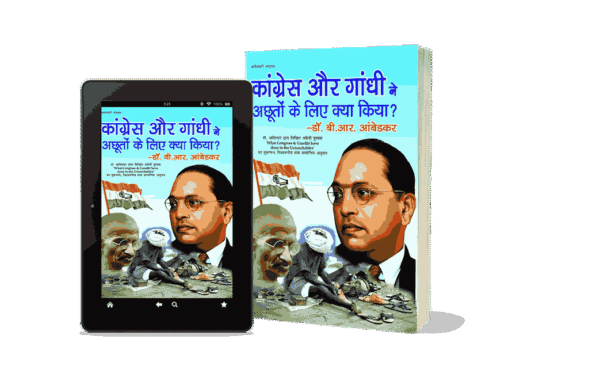
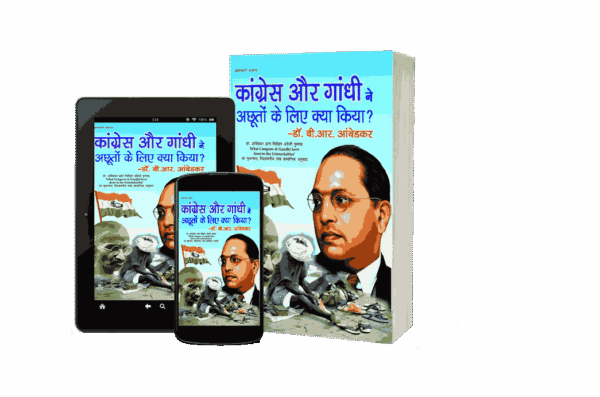
Lokesh –
It is Vary Important Book For Every Person to Understand Caste and How to End It.